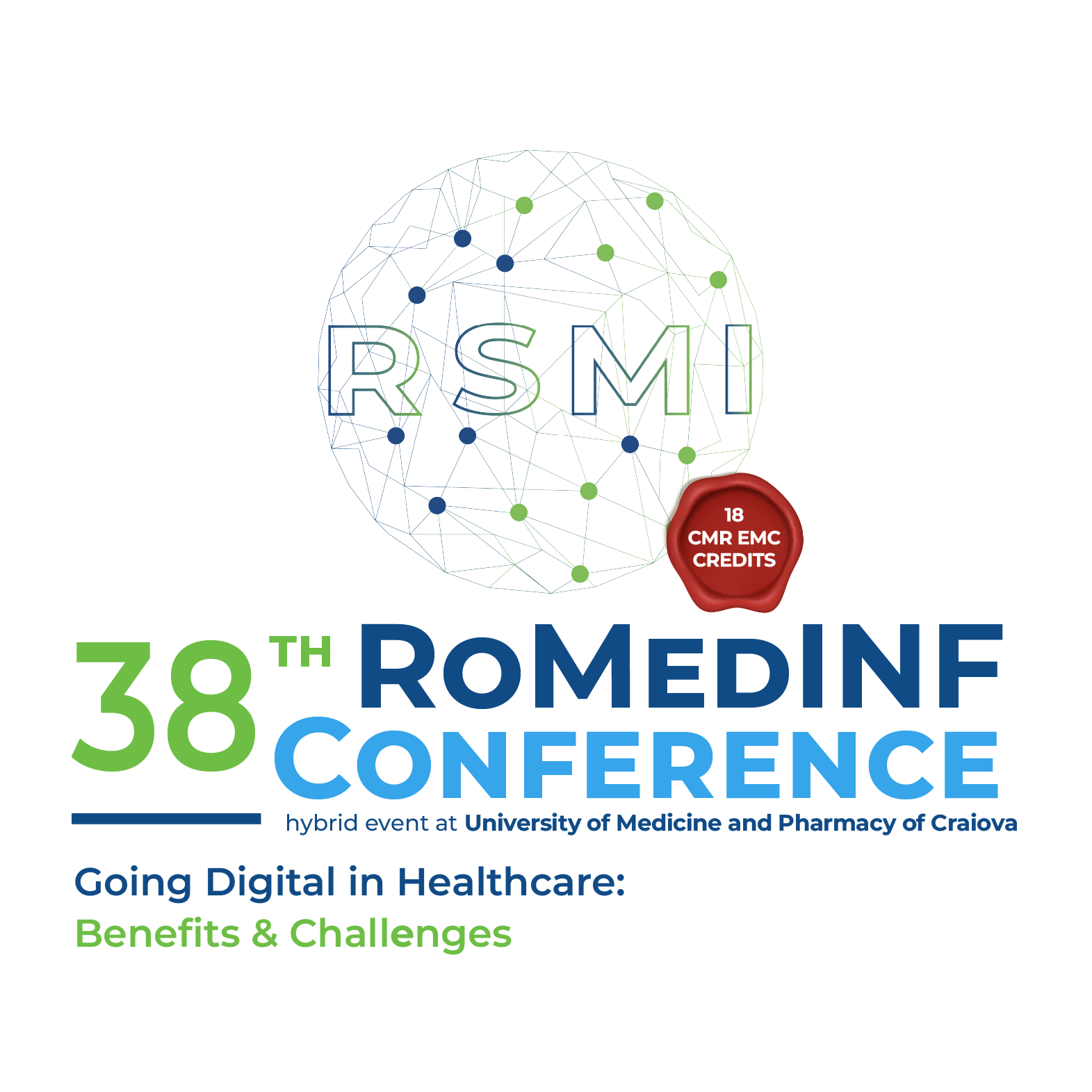Optimization of PLGA-Doxorubicin Hybrid Nanoparticles using Design of Experiments: Synthesis, Characterization, and Applications
Keywords:
Poly Lactic-co-Glycolic Acid (PLGA), Doxorubicin, Design of Experiments, Encapsulation EfficiencyAbstract
Background and Aim: Poly (lactic-co-glycolic acid) (PLGA) exhibits a range of advantageous properties, including tunable particle sizes, stability, biodegradability, and the potential for surface functionalization. These characteristics have established PLGA as a widely utilized material in drug delivery systems. The aim of this study was to incorporate doxorubicin into PLGA nanoparticles using a Design of Experiments (DoE) approach, facilitated by MODDE13 software, to optimize formulation parameters and enhance drug delivery efficiency. Materials and Methods: To address design constraints and minimize the number of experimental runs, a full factorial design was employed, incorporating three factors—concentration of polyvinyl alcohol (PVA), stirring speed (Speed), and stirring time (Time)—and three responses—particle size (Size), zeta potential (ZP), and encapsulation efficiency (EE). The encapsulation efficiency of doxorubicin in PLGA nanoparticles was determined using spectrophotometric methods. For chromatographic analysis, an HPLC instrument (Vanquish Core LC system, Thermo Fisher Scientific, USA) equipped with a manual injector and a Diode Array Detector (DAD) was utilized. Chromatographic separation was performed using an Acclaim™ column with internal dimensions of 4.6 mm in diameter × 100 mm in length and a particle size of 5.0 μm. Results: Eleven experiments were conducted based on three levels of each independent variable. The experimental data were fitted to a polynomial model, enabling the prediction of the effects of formulation factors on PLGA-doxorubicin hybrid nanoparticles. The coefficients for the designed model were used to derive the following equations for each response: Size = 255.46 – 50*PVA – 92.5*Speed – 17.5*Time + 25*(PVASpeed) + 7.5*(SpeedTime); ZP = -2.11 – 0.01*PVA – 0.02*Speed + 0.01*Time; EE = 66.82 + 8.1PVA + 3.1Speed + 3.1Time + 3.1PVATime + 3.1Speed*Time. Conclusions: The results demonstrated that to maximize the size of PLGA-doxorubicin hybrid nanoparticles, optimal conditions included 1% PVA, a stirring speed of 10,000 rpm, and a stirring time of 2 hours. Furthermore, to simultaneously maximize both particle size and encapsulation efficiency, the optimal conditions were 1.2% PVA, a stirring speed of 10,000 rpm, and a stirring time of 2 hours. Under these conditions, a particle size of 440 nm and an encapsulation efficiency of 59.2% were achieved.
Downloads
Published
How to Cite
Issue
Section
License
Copyright (c) 2025 Adina TURCU-STIOLICA, Andrei BITA, Maria Viorica CIOCILTEU

All papers published in Applied Medical Informatics are licensed under a Creative Commons Attribution (CC BY 4.0) International License.

